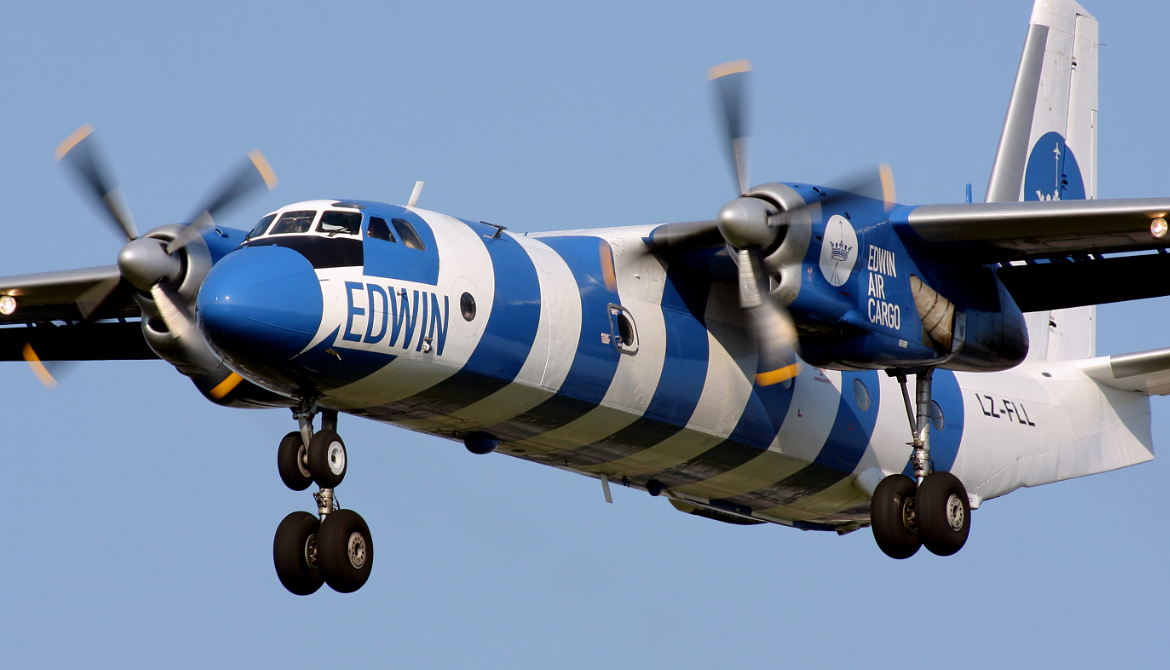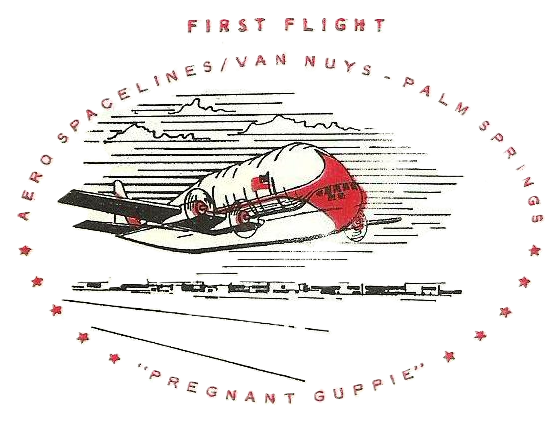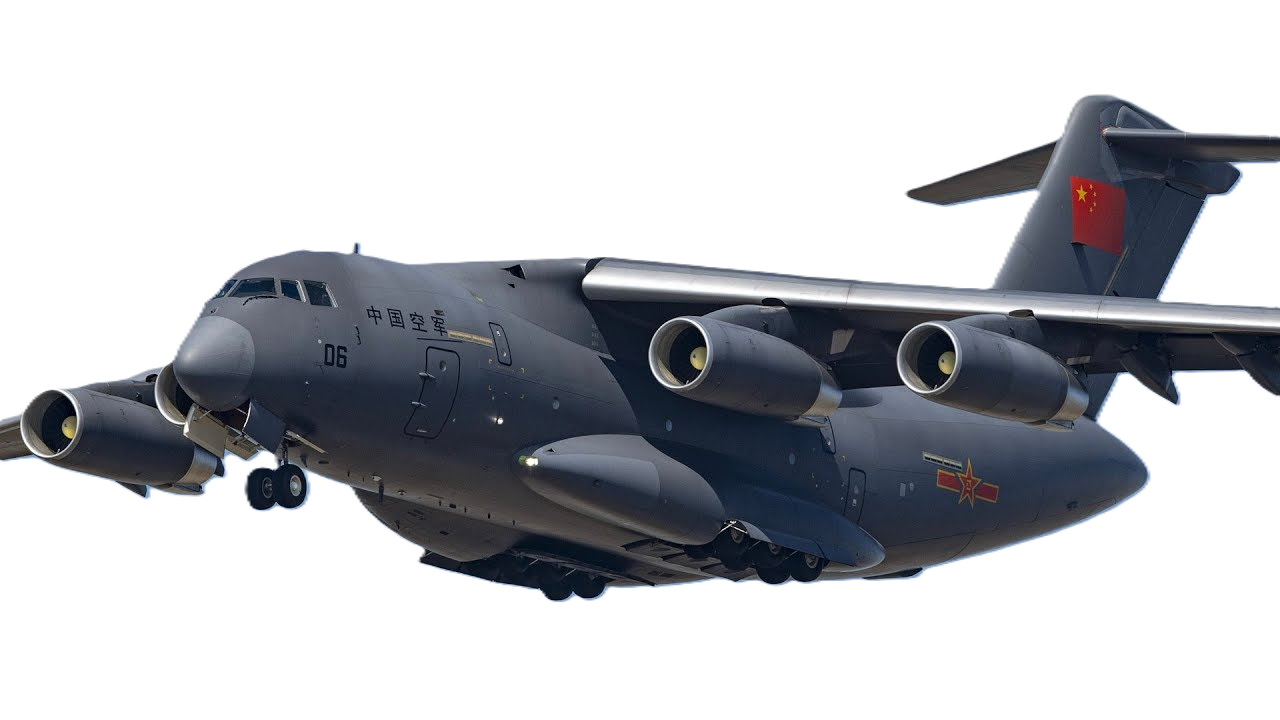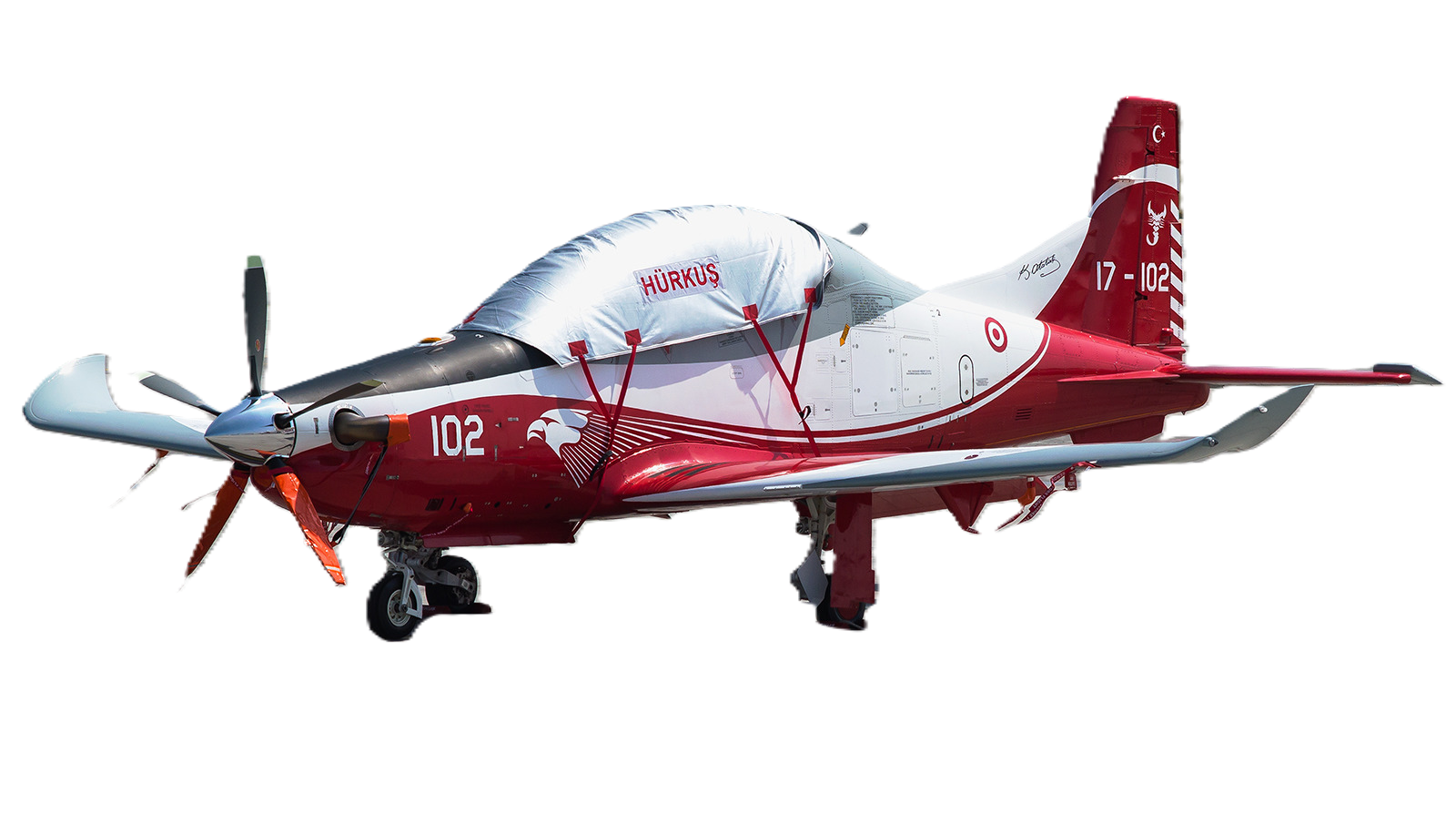Antonov
AN-26 "Curl"
 |
|
| General information | |
|---|---|
| Type | Transport aircraft |
| National origin | Soviet Union |
| Designer | Antonov |
| Status | In limited service |
| Primary users | Soviet Air Forces (former)Russian Aerospace Forces Pakistan Air Force (former) Vietnam People's Air Force |
| Number built | 1,403 |
| History | |
| Manufactured | 1969–1986 |
| Introduction date | 1970 |
| First flight | 21 May 1969 |
| Developed from | Antonov An-24 |
| Variants | Antonov An-32 |
.
History Antonov Company Antonov Design Bureau
Antonov An-26 "Curl" Manufactured 1969–1986

While the An-24T tactical transport had proved successful in supporting Soviet troops in austere locations, its ventral loading hatch restricted the handling of cargo, and in particular vehicles, and made it less effective than hoped in parachuting men and supplies. As a result, interest in a version with a retractable cargo ramp increased, and the Antonov design bureau decided in 1966 to begin development on the new An-26 derivative, in advance of an official order. The cargo ramp was based on that design and allowed the cargo deck to be sealed and pressurised in flight. When loading cargo, it could either be lowered to allow vehicles to be driven in, or slid beneath the aircraft's fuselage, so that cargo could be loaded straight in off a truck bed.
The Antonov An-26 (NATO reporting name: Curl) is a twin-engined turboprop civilian and military transport aircraft, designed and produced in the Soviet Union from 1969 to 1986.
Variants


- An-26
- "Curl-A" : Twin-engine tactical transport aircraft.
- An-26-100
- Convertible passenger/cargo aircraft modified from An-26 aircraft at the Kyiv plant from 1999.
- An-26 Nel'mo
- An arctic surveillance and reconnaissance aircraft retrofitted with Nel'mo equipment.
- An-26 Pogoda
- ("Weather") Another aircraft for weather control duties, similar to the An-26 Tsiklon, with a simplified equipment test lab.
- An-26 Polyot
- ("Flight") A single aircraft retrofitted for the purpose of research of unified air traffic control and monitoring system throughout the USSR, with a comprehensive navigation test lab including precision compasses and Doppler speed/shift sensors.
0
KmCeiling
0
KmCombat RANGE
0
Km/hAircraft Speed
0
Max Crew
Photo Gallery
Antonov Company Antonov Design Bureau
Antonov An-26 "Curl" Manufactured 1969–1986


Antonov Company Antonov Design Bureau
Antonov An-26 "Curl" Manufactured 1969–1986
General Info
-
-
- Crew: five (two pilots, one radio operator, one flight engineer, one navigator)
- Capacity: 40 passengers / 5,500 kg (12,100 lb)
- Length: 23.8 m (78 ft 1 in)
- Wingspan: 29.3 m (96 ft 2 in)
- Height: 8.58 m (28 ft 2 in)
-
Powerplant
- Empty weight: 15,020 kg
- Max takeoff weight: 24,000 kg
- Powerplant: 2 × Progress AI-24VT Turboprop engines, (2,820 hp) each
- Powerplant: 1 × Tumansky Ru19A-300 Turbojet booster / APU, 7.85 kN (1,760 lbf) thrust
-
-
Performance
- Cruise speed: 440 km/h
- Range: 2,500 km with maximum fuel
- Range with max payload: 1,100 km
- Service ceiling: 7,500 m (24,600 ft)
- Rate of climb: 8 m/s (1,600 ft/min)
.
Links to Youtube & Others
The An-26 has a secondary bomber role with underwing bomb racks. The racks are attached to the fuselage in front of and behind the rear landing gear. In the bombing role it was extensively used by the Vietnam People's Air Force during the Cambodian–Vietnamese War and Sudanese Air Force during the Second Sudanese Civil War and the War in Darfur.
Antonov Bureau
An-26 "Curl"
The An-26 made its public debut at the 27th Paris Air Show at Le Bourget where the second prototype, CCCP-26184 (c/n00202),
Youtube Link
One An-26 was involved in the Purulia Incident in 1995 in which arms were dropped in the Purulia district of West Bengal, India.











.png)


